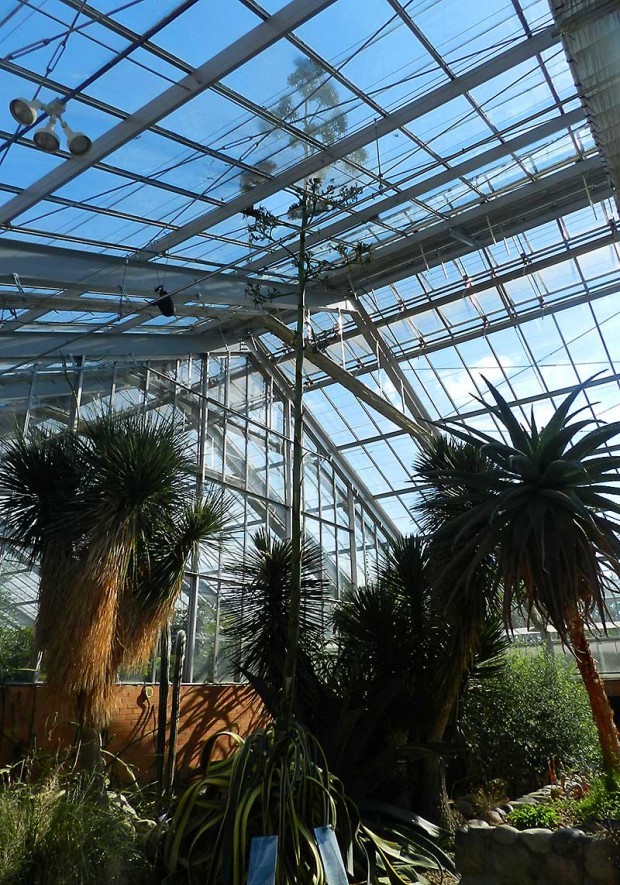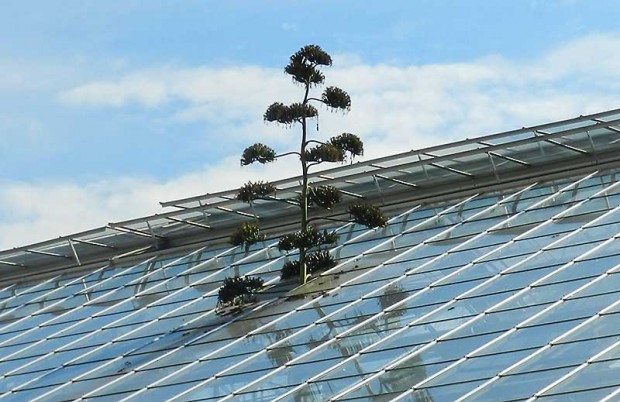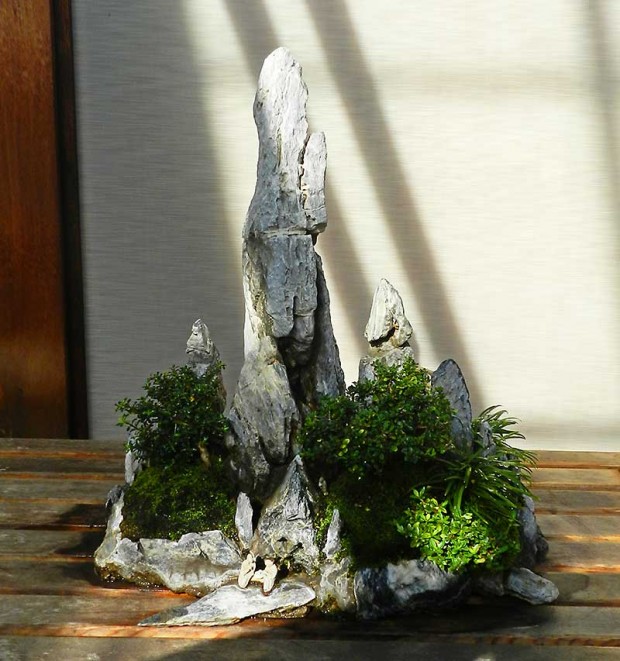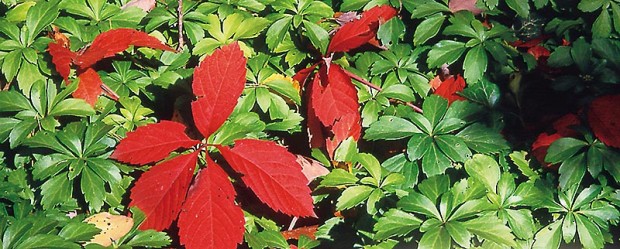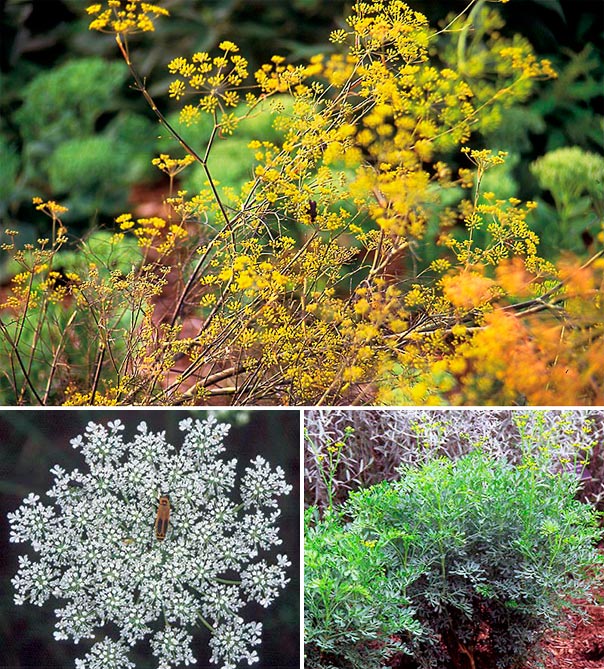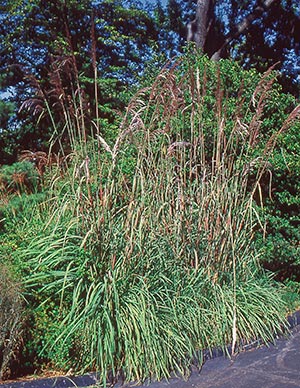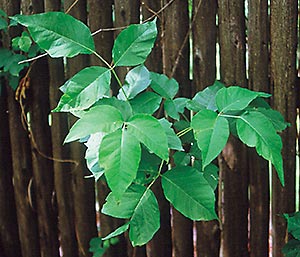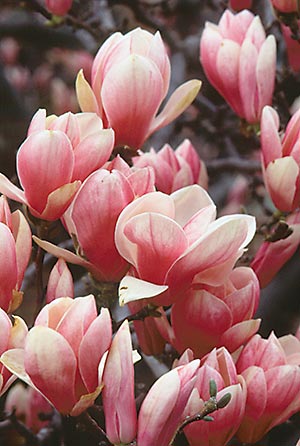Editors Note: The following are bonus photos from a story on Matthaei Botanical Gardens featured in the June issue of Michigan Gardener. To read the full story, pickup a copy of Michigan Gardener in stores now or read it in our digital edition.
A visit to Matthaei Botanical Gardens in Ann Arbor
will leave you inspired and enriched
All photos by Sandie Parrott
